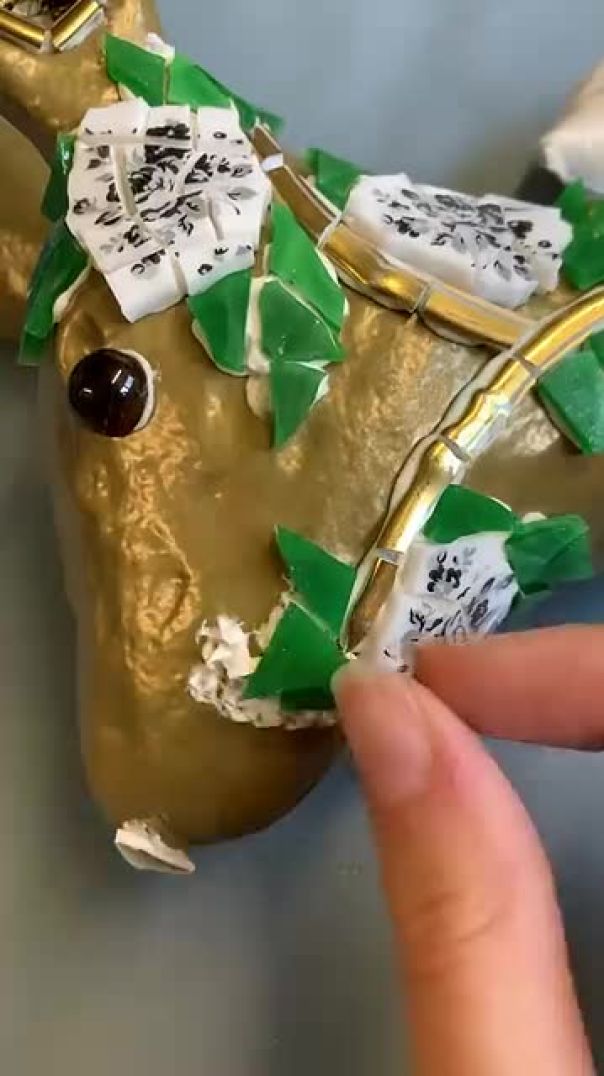9 Views· 15 November 2022
🇧🇷 BLUMENAU 🇩🇪 German City in Brazil | Santa Catarina, Southern Brazil |【 4K UHD 】
Blumenau is a city in the Southern Region of Brazil. It is the third most populous municipality in the State of Santa Catarina, the 8th in the Southern Region of Brazil, and one of the main industrial, technological and university centers in the State.
It was founded by the German chemist and pharmacist Hermann Bruno Otto Blumenau, who arrived in a boat via the Itajaí-Açu river accompanied by seventeen other compatriot settlers. This landed at the mouth of the Garcia stream on September 2, 1850 and divided the land into lots so that the settlers could build their homes, mostly houses made with the half-timbered technique. The gap between the mouths of the Velha and Garcia streams defined the current city center.
It has a cultural agenda focused on parties based on the daily life and habits of European immigrants, highlighting the German colonization, with Oktoberfest, the second largest beer party in the world, which, every year in October, takes place for 17 days, and the Stammtisch, a traditional meeting of associations, which takes place both on Rua XV de Novembro, in the center of the municipality, and in Vila Itoupava. The Italian core of the population holds the Festitália, in addition to meetings of the Centro de Tradições Gaúchas (CTG) and several other manifestations of European and Brazilian cultures.
EUROPEAN COLONIZATION
The history of Blumenau is the result of the arrival of German immigrants who settled in fertile lands of the Atlantic Forest and built the São Paulo de Blumenau colony. It was founded by pharmaceutical chemist Hermann Blumenau, after whom the city was named. Having an interest in the problems faced by European immigrants, in 1845 he reached an agreement with the Society for the Protection of German Emigrants to represent it via proxy and headed to Brazil, with the aim of installing new colonies and, at the same time, verifying the situation of those that already existed. He traveled to Rio Grande do Sul, and then to Santa Catarina, where he visited the German colony of São Pedro de Alcântara. Aware of comments about the Itajaí valley, he explored it in detail, associating it with his compatriot Ferdinand Hackradt, since the aforementioned society was dissolved.
They crossed the Itajaí-Açu river upstream aboard canoes, led by the Brazilian Ângelo Dias. After traveling for three days, they reached the mouth of the Garcia and Velha streams in 1849. It was the region whose colonization was decisive for the initial settlement of the municipality. He obtained from the president of the Province of Santa Catarina a donation of two cubic leagues, from the Garcia stream, building a mill and other shacks. After taking certain precautions, he headed for Germany to look for settlers. And on September 2, 1850, Hermann Blumenau returned to the chosen zone with the initial seventeen immigrants. At that moment, the partnership formed between H. Blumenau and Hackradt had already been dissolved. Thus, Blumenau began to be populated. Most of the original immigrants come from small German villages such as Pahnstangen in Thuringia. Notable immigrants arrived, such as the biologist, who collaborated with Charles Darwin's ideas, Doctor Johann Müller. However, the obstacles were great and Hermann Blumenau requested the help of the imperial government. Pedro II of Brazil acquired the colony for payment in contos de réis and appointed Blumenau as its director in 1860.
Despite the floods, clashes with wild animals and even with the indigenous people, thanks to the German immigrants willing to enter continuously in greater numbers, the colony prospered, but not without conflicts with the original inhabitants of the region. Blumenau was inhabited by the Xoclengues Indians, who had their lands invaded by immigrants, giving rise to several conflicts, from which the Indians were the losers. For a number of years there was only one means of transport: the Itajaí River, where canoes and smaller ships sailed.
Blumenau also received many Italian immigrants, which led to conflicts between them and the German settlers. The Italians were almost all Catholics, while many of the Germans in Blumenau were Lutherans. Furthermore, the Italians were settled in peripheral and mountainous lots, while the Germans occupied the flat lands near the center of the colony.
Friday, 01:30 p.m.
Jul 08, 2022
SUBSCRIBE TO THE CHANNEL!
BE A MEMBER OF THE CHANNEL
https://www.youtube.com/channe....l/UCdgYcJTlbq3s798MP
SOCIAL MEDIA
📸 Instagram 👉 https://www.instagram.com/vortc.channel/
CHECK OUT ALL OUR VIDEOS!
https://www.youtube.com/channe....l/UCdgYcJTlbq3s798MP
.



























0 Comments